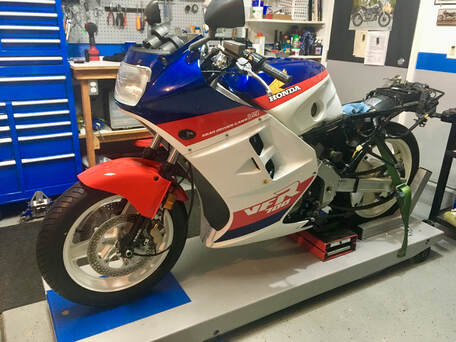
This is a very low-mile bike with no apparent prior damage so things are fitting well, with minimal massaging needed. The fuel tank interior was restored with a basic vinegar soaking. The mirrors will need repainting and one fairing will require a decal replaced followed by clear coat. The light at the end of the tunnel is clearly visible.

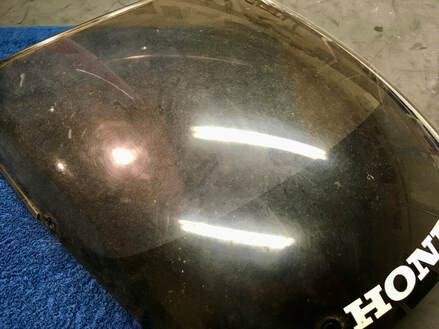
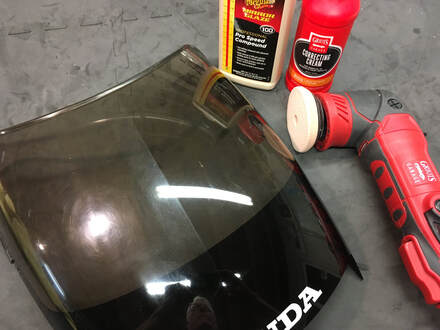
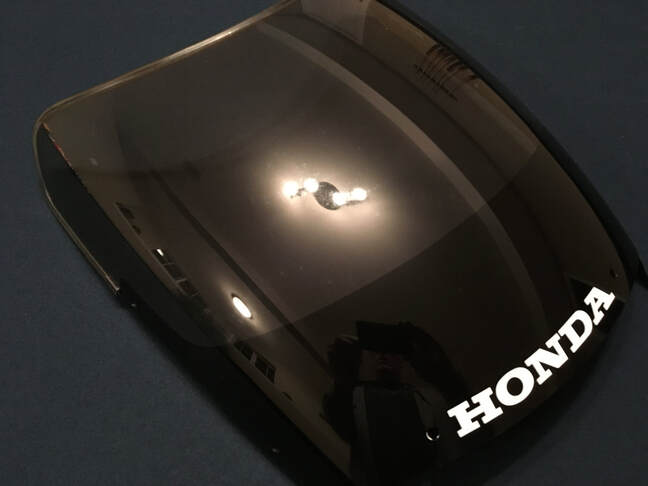
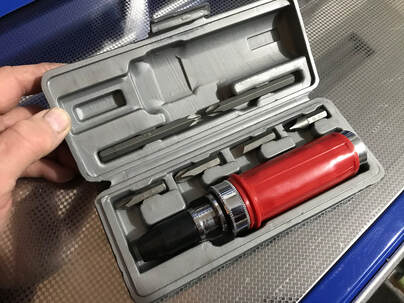
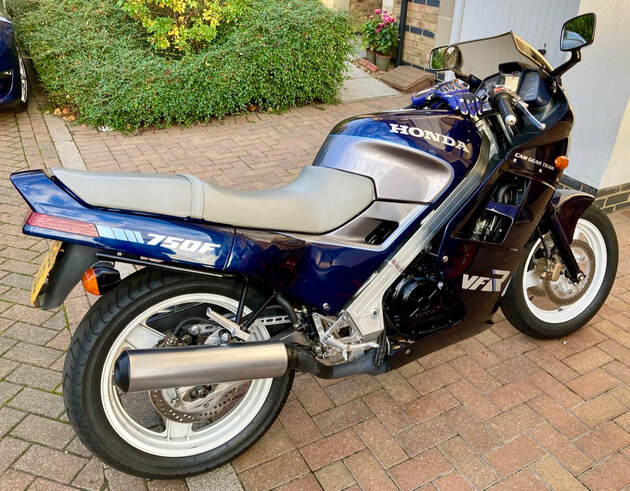
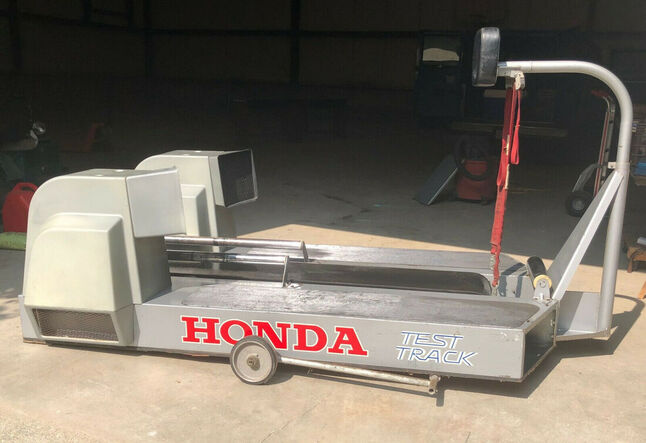


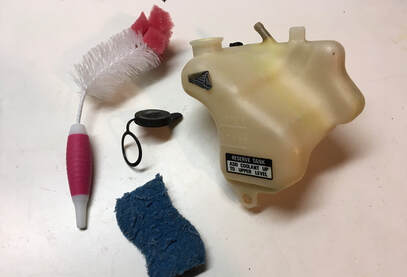
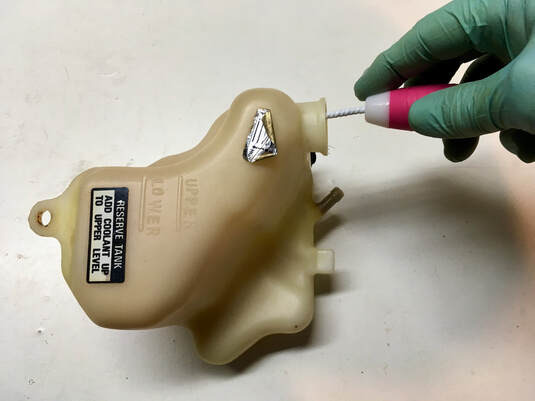
 RSS Feed
RSS Feed